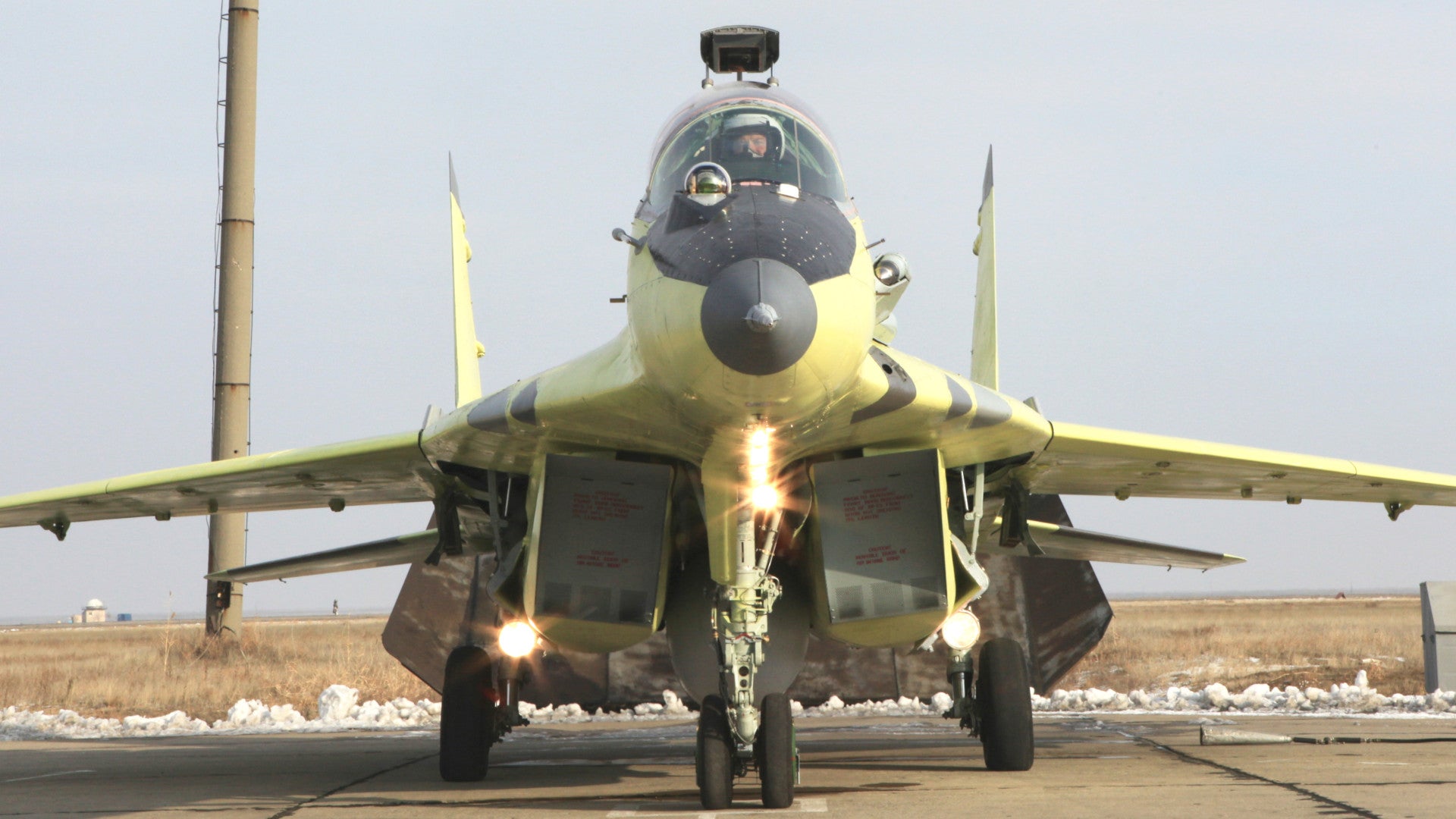Facing a steady decline in available fighter jets, the Indian Air Force is now reportedly in talks to buy 21 unfinished Soviet-era MiG-29 Fulcrums from Russia and have them completed in a modernized configuration. The proposed deal comes as India continues to struggle with a host of other fighter jet procurement efforts, most notably a more than decade long effort to purchase of more than a hundred new fighter jets, which is now effectively in its third incarnation.
The Times of India was first to report on the possible acquisition of the MiG-29 hulks, which date to the late 1980s and have apparently been in storage since at least around the fall of the Soviet Union. India received around 70 early model MiG-29s from Russia between 1986 and 1990, of which around 62 remain in service.
Since the early 2010s, Indian aerospace contractor Hindustan Aeronautics Limited (HAL), in cooperation with MiG in Russia, has upgraded about half of these two the MiG-29UPG standard, with Russian assistance. The UPG variant is similar to the Russian modernized MiG-29SMT, featuring the Zhuk-ME electronically scanned slotted planar array radar, as well as engine improvements and an expanded capability to conduct air-to-ground missions.
Where the UPG reportedly differs most from the SMT is in its non-Russian avionics upgrades. The Indian Navy also flies MiG-29Ks that have many updated features in common with the SMT and UPG variants. The new potential deal with Russia would see the incomplete MiG-29s finished in a configuration similar to either the SMT or UPG versions, according to The Times.
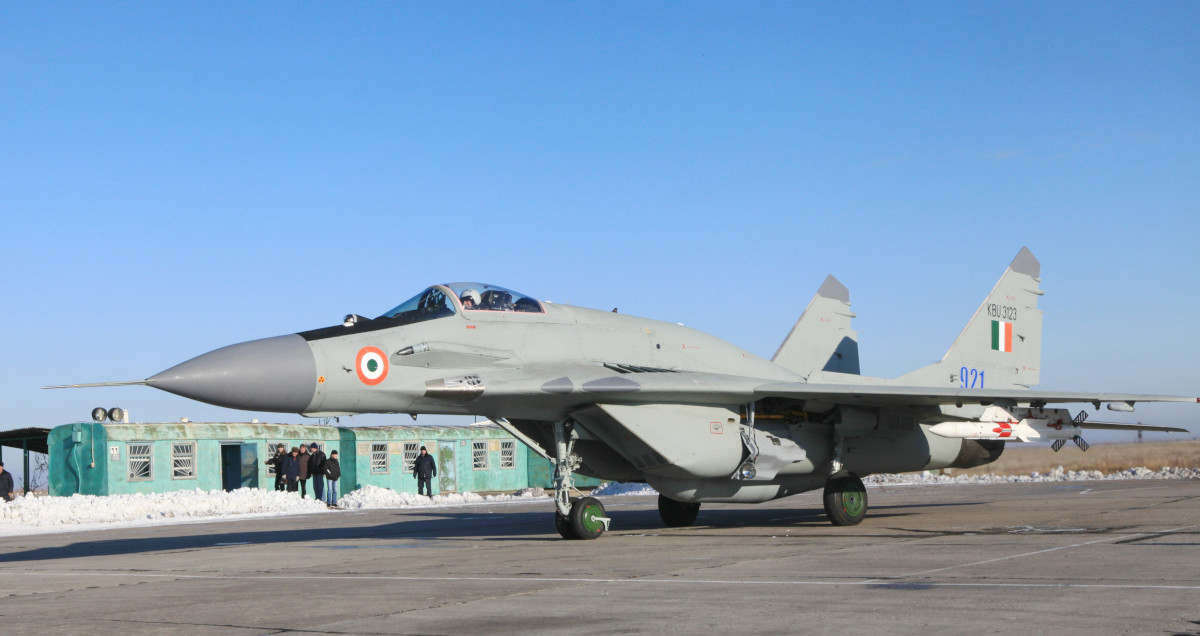
“These fighters were built in the 1980s but never assembled and flown,” an unnamed Indian Air Force officer reportedly told the Indian daily. “Our team visited Russia last month and found the MiG-29 skeletons to be in good condition.”
The individual offered no further details on the state of the aircraft parts, which have been in storage now for at least around 30 years. Beyond the officer saying India had been offered “a good price,” there is no word on how much the Russians want for the unassembled planes or to finish building them to a modern standard.
But it is hard to see how the proposal would provide India, at least in the near term, with the additional fighter jet capacity it desperately needs right now. The jets not only need to be assembled, but have to be brought up to a significantly different standard. The SMT and UPG variants both feature an enlarged “hump” behind the cockpit, for example, which holds extra fuel.
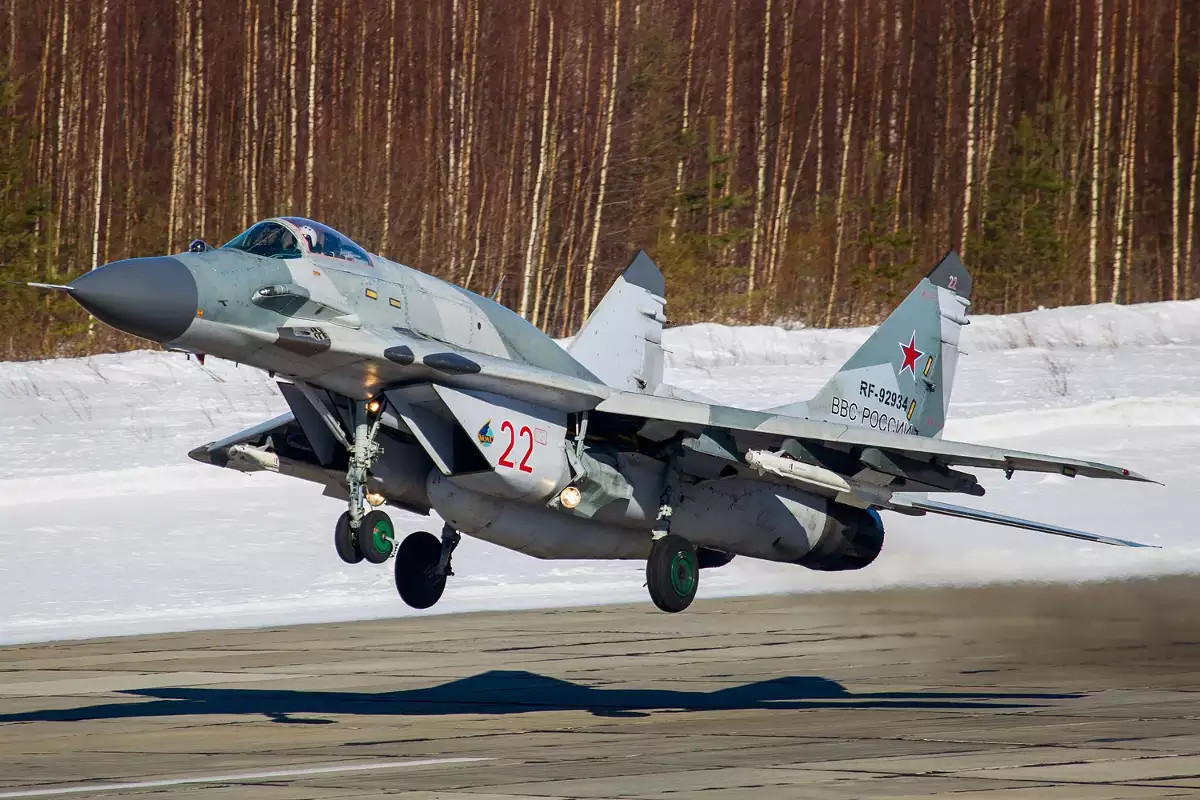
Making the changes necessary to internal wiring and other changes necessary to accommodate the new radar and other electronics could be particularly labor intensive. To underscore the potential complexities of the updates, the Indian Air Force’s entire MiG-29 fleet was originally supposed to be in the UPG configuration by 2013.
The amount of effort it might take to get just 20 additional aircraft into service seems excessive when the Indian Air Force has had a firm requirement for more than 100 additional aircraft since 2001. The Medium Multi-Role Combat Aircraft competition, or MMCRA, which has been officially ongoing since 2007, is still supposed to provide the bulk of the capacity, but still seems years after from leading to the acquisition of actual aircraft.
The fact that India has dropped its participation in Russia’s fledgling
Su-57 program that was supposed to result in an Indian-specific variant called the Fifth Generation Fighter Aircraft (FGFA) only adds more uncertainty to the country’s future fighter force structure.
The chronically underperforming domestically-produced Tejas fighter jet was also supposed to help replace dozens more Cold War-era jets. So far, the Indian Air Force has around a dozen Tejas Mk 1s and 40 more still on order, as well as plans to acquire more than 80 substantially improved Mk 1A variants.
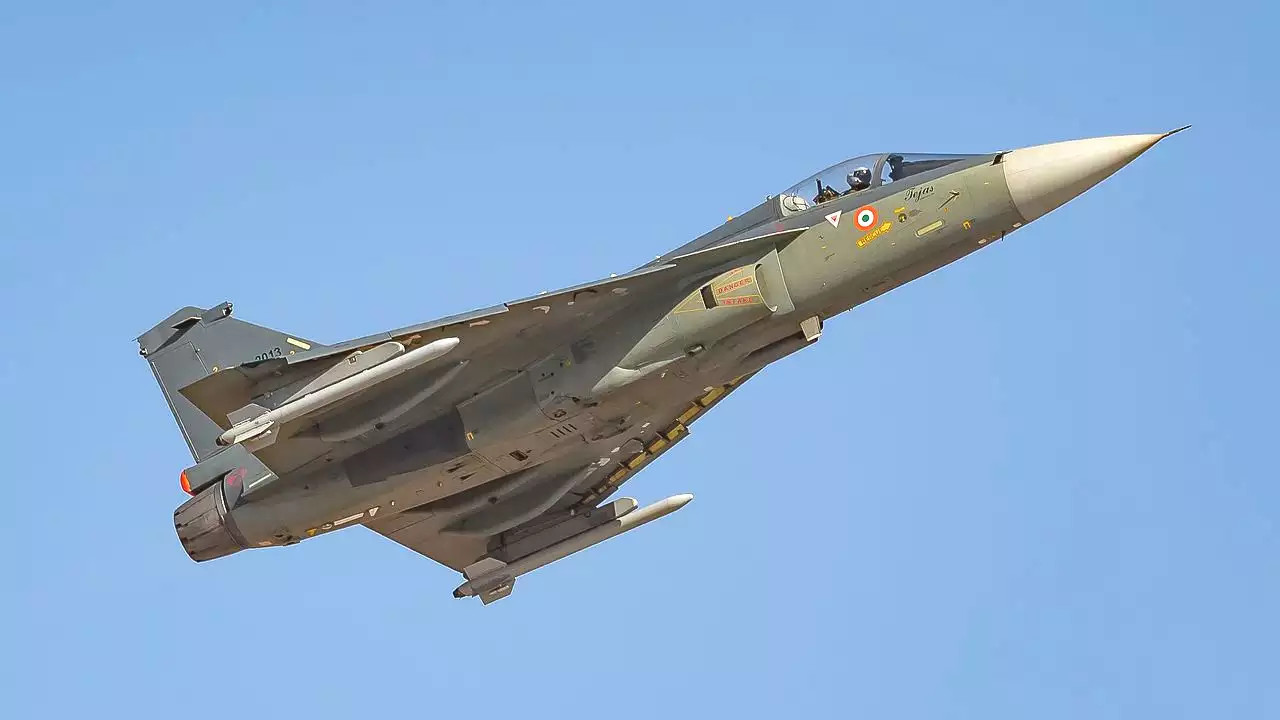
However, the Mk 1A isn’t even supposed to make its first flight until 2020. The Indian Air Force’s plans to acquire a further upgraded Mk 2 variant, as well as a domestically designed stealth fighter, known as the Advanced Medium Combat Aircraft (AMCA), are still very much in the conceptual phase.
In the interim, India had inked a deal to buy 36 Rafale fighter jets from French manufacturer Dassault. The first of these aircraft are in flight testing in France with the expectation that they’ll get delivered later this year. However, years of allegations of corruption with regards to that contract have let to a bitter political and legal battle that threatens to upend the purchase entirely.

With all this in mind, the Indian Air Force may feel it has no choice but to resort to less optimal avenues to acquire any additional fighter jets. The Indian government says that the service needs at least 42 squadrons of fighter jets to meet its operational requirements, most importantly the need to continue presenting a realistic challenge to ever-growing Chinese and Pakistani airpower.
At present, it has just 31 squadrons. Even more worrisome, many of these are equipped with increasingly geriatric Soviet-era MiG-21 and MiG-27 and European Jaguar and Mirage 2000 tactical jets. Though these planes have all received upgrades over the years, the basic life expectancy of the airframes is increasingly in question.
It was just announced that India is looking to acquire another 18 Sukhoi Su-30MKI kits to assemble in-country as an additional measure to help further shore up the country’s rickety fighter force. Nearly 300 Su-30 aircraft, in the form of kits or otherwise, will have been delivered to India once the deal runs its course.
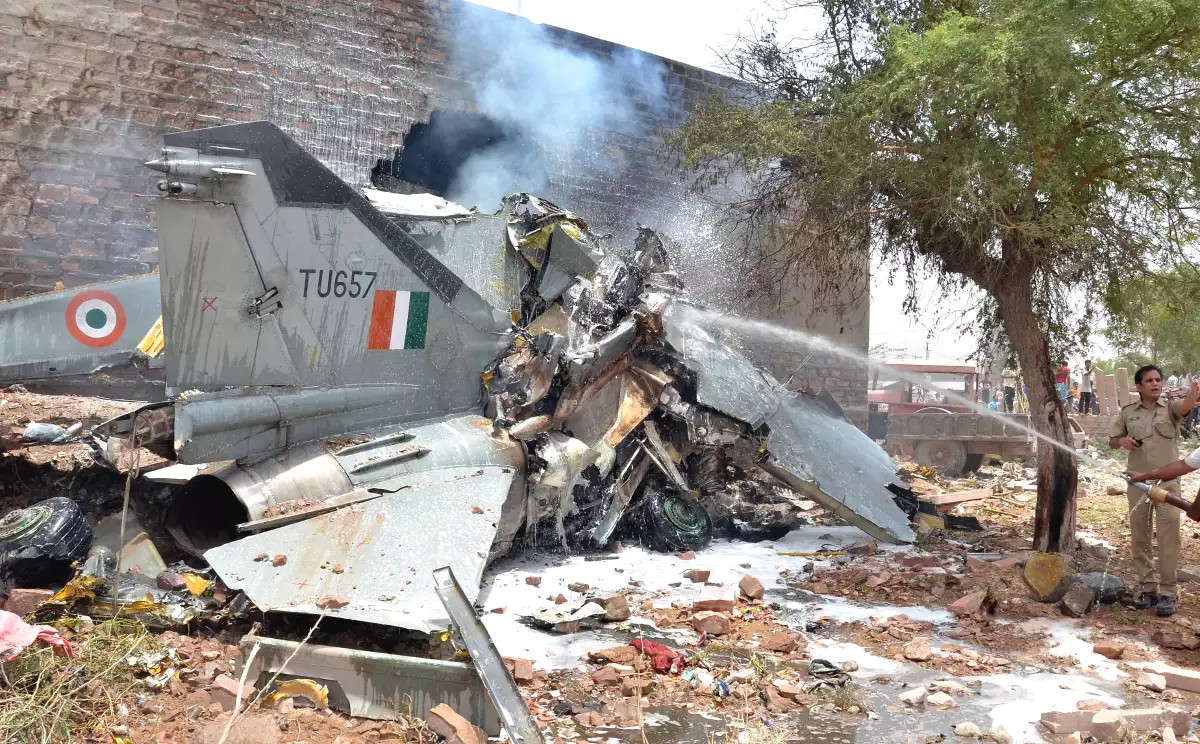
Just so far in February 2019, the Indian Air Force has lost one MiG-27 and one Mirage 2000 in accidents. The pilot on board the MiG was able to eject, but the two aviators in the Mirage died. In the past, Indian media has referred to the MiG-21s and -27s specifically as “flying coffins” and “widow makers” on account of regular and often fatal crashes.
The Indian Air Force definitely needs more fighter jets to fill these growing gaps, which will only continue to expand as time goes on. But it’s not clear if pulling unfinished MiG-29s out of storage and bringing them up to a modern standard is a realistic path toward helping alleviate those issues. It’s also possible that India could just use the old airframes for parts, but doing so would only have a chance of increasing the readiness of the existing MiG-29 fleet, not growing its size as a whole.
Contact the author: jtrevithickpr@gmail.com
